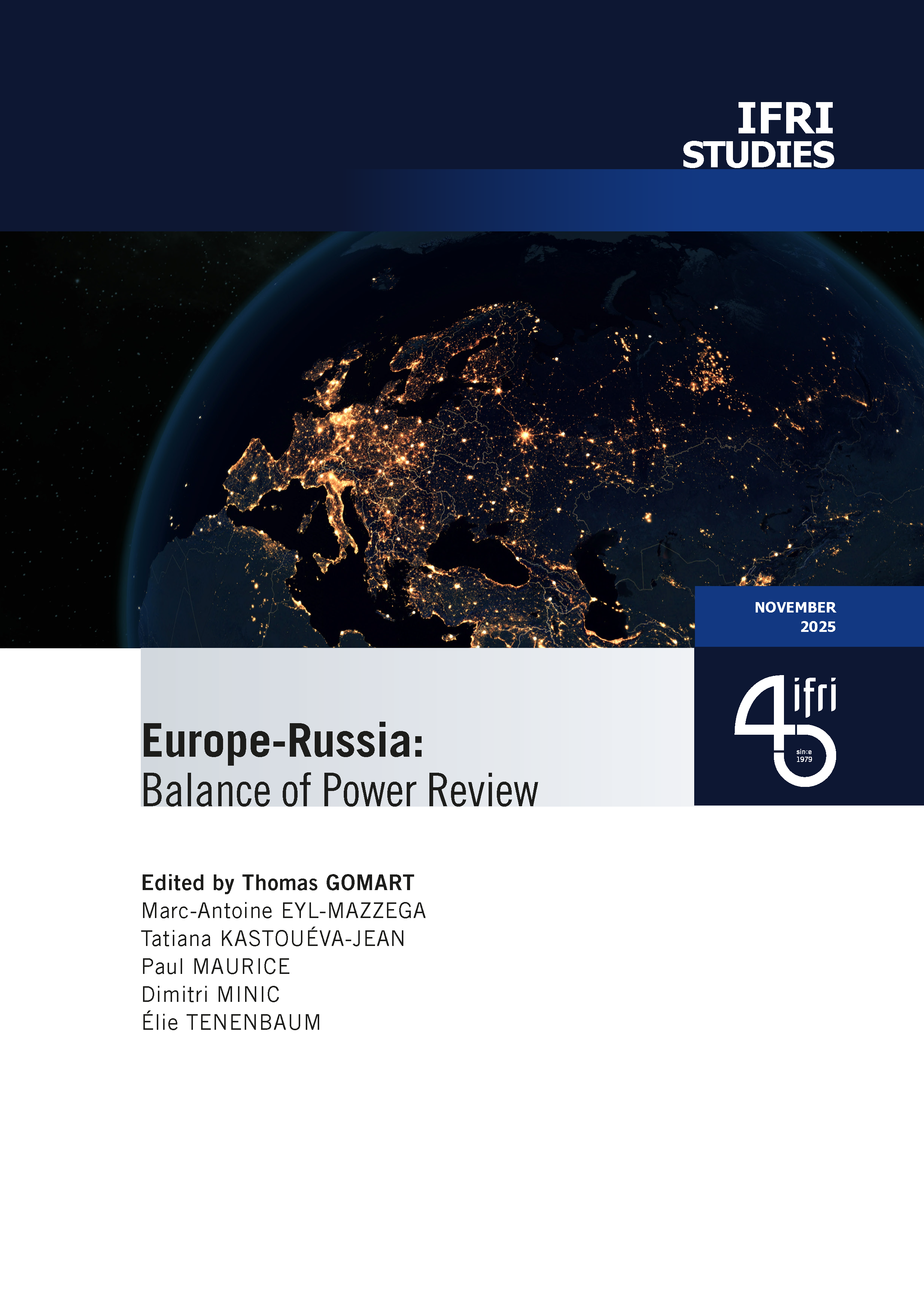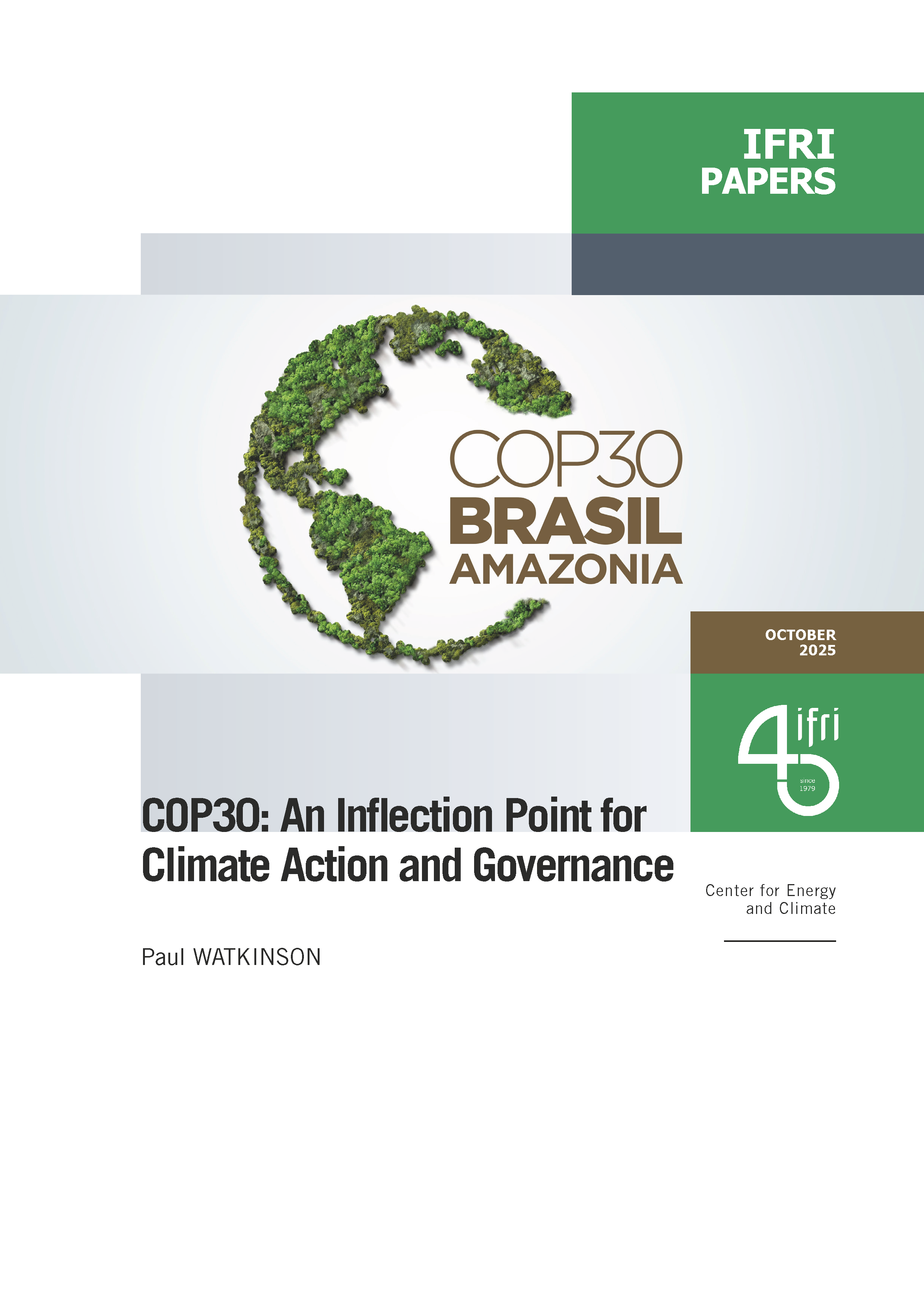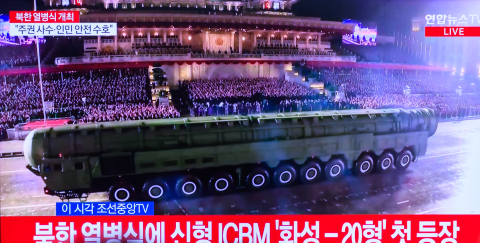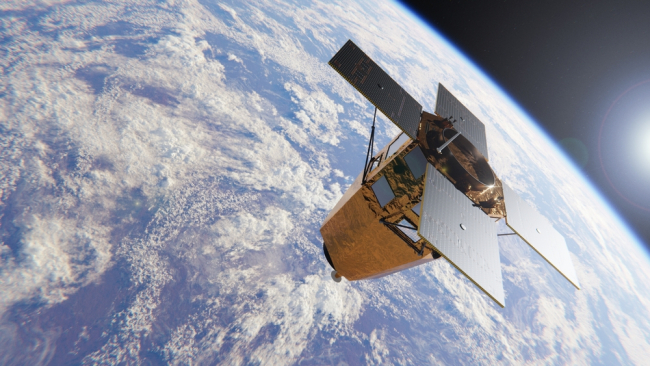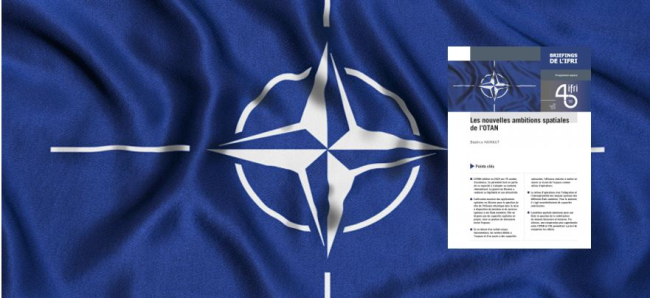The Development of Public-Private Partnerships in the European Satcom Sector
Public-Private Partnerships (PPPs) could help to enhance the societal benefits of communication satellites. However, European public entities must avoid the mistakes made during the Galileo concession negotiations.
The use of Public Private Partnerships (PPPs) for European space projects is often associated with the spectacular failure of the Galileo concession project in 2004-2007. This is only one side of the story however, as a fair number of space-related PPPs have been initiated successfully Europe in recent years, in particular in the field of Earth Observation (EO) and military satellite communications (milsatcom). This trend has also reached the rest of the satellite communication sector (satcom), as PPPs have progressively become the cornerstone of ESA’s satcom policy and are increasingly considered for the EU’s big satellite infrastructure projects.
Bearing in mind the on-going difficulties encountered by Galileo and GMES to secure long-term funding, PPPs could represent a very interesting option for the sustainable financing of space projects. More generally, PPPs are seen as cost-effective solutions to set-up ambitious infrastructure projects at a time when both public budgets and private investment capabilities are under stress. The most important thing, however, is that the use of PPPs for space projects allows to tackle the central challenges of the European Space Policy (ESP). Indeed, PPPs could contribute to enhanced use of satcom for public service in Europe. PPPs may also strengthen the European space industry, and particularly its R&D capacities. Finally, PPPs could also constitute new experiments in European space governance, bringing together the two main institutional space actors in Europe, ESA and the EU.

Available in:
Regions and themes
ISBN / ISSN
Share
Download the full analysis
This page contains only a summary of our work. If you would like to have access to all the information from our research on the subject, you can download the full version in PDF format.
The Development of Public-Private Partnerships in the European Satcom Sector
Related centers and programs
Discover our other research centers and programsFind out more
Discover all our analysesThe Sustainability of Space Operations: An Opportunity for European Leadership?
As space becomes a key arena for power projection strategies, while facing growth and diversification of orbital activities, the concept of “space sustainability” is emerging as a new framework of analysis for space governance.
The European Space Model: Renewing Ambition in a Changing Strategic Landscape
The European space model, based on science, cooperation and trade, is now being undermined by changes in international relations and the economic upheavals brought about by New Space. In light of the war in Ukraine and American disengagement, Europe needs to rethink its strategy by adding a fourth pillar dedicated to defense, in order to strengthen its sovereignty and deter possible aggression against the continent.
Sat-to-Cell: Towards Universal Connectivity?
Sat-to-Cell is a new type of service that connects smartphones directly to satellites. It has recently enabled innovative applications such as emergency text messaging via satellite. The technology is developing rapidly, and many questions are now being raised about its potential impact.
NATO's New Ambitions for Space
Ahead of Russia's invasion of Ukraine, a devastating cyber attack targets Ukrainian army communications, exposing Western dependence and vulnerability to space technologies, and calling NATO's defensive posture into question.


